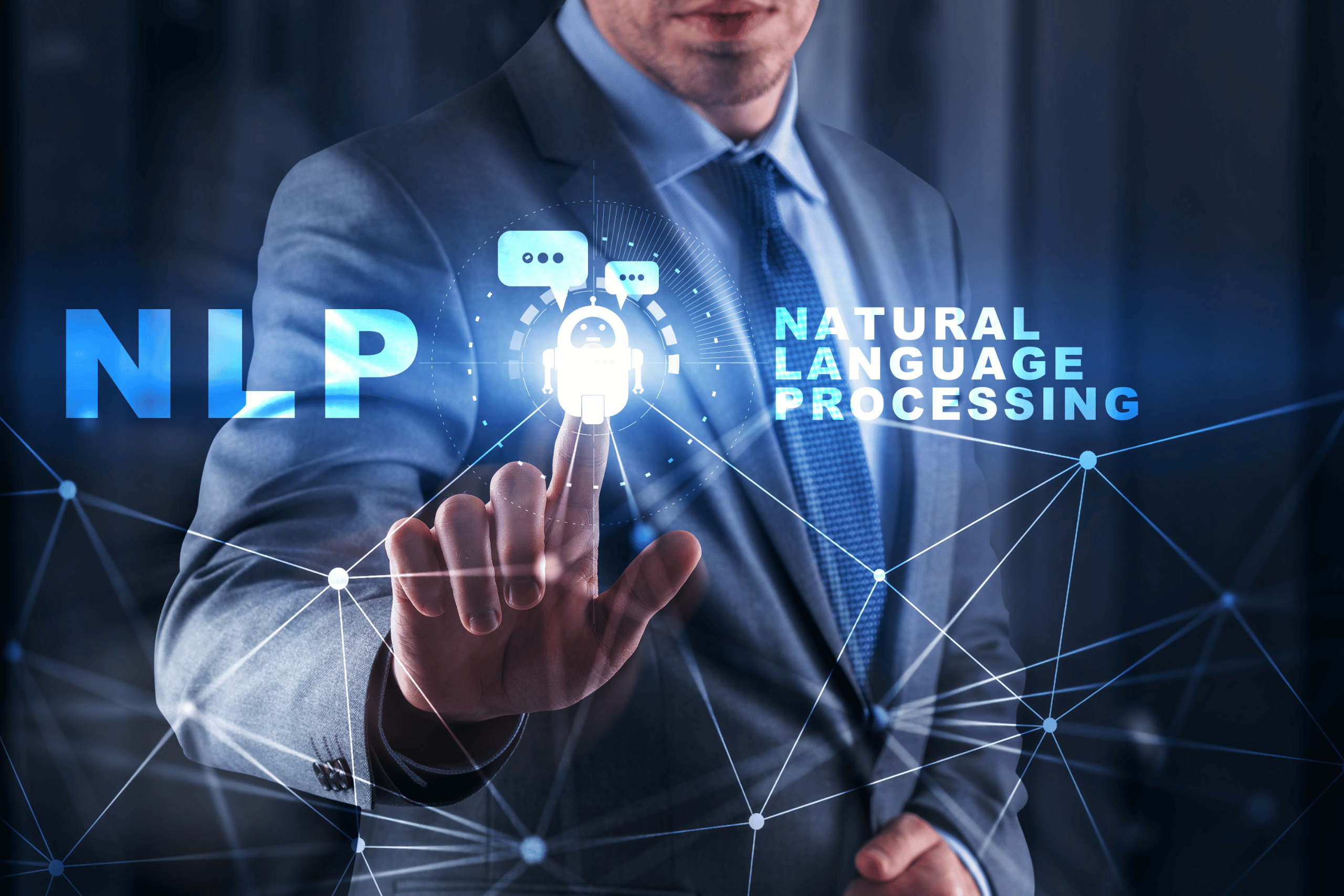
Natural Language Processing (NLP): How Machines Understand Human Language
What is Natural Language Processing?
Natural Language Processing (NLP) is a branch of artificial intelligence (AI) that enables computers and machines to interpret, understand, and respond to human language in a way that is both meaningful and useful. It combines linguistics with machine learning and is used to process large amounts of natural language data. From voice assistants like Siri and Alexa to customer service chatbots, NLP is at the heart of many technologies we interact with every day.
NLP is essential for making machine-human interactions smoother and more natural. For instance, when you ask a voice assistant for the weather, NLP enables the device to understand your words and respond appropriately.
How Does Natural Language Processing (NLP) Work?
NLP involves several key processes that allow a computer to make sense of text and speech:
-
Tokenization: This is the process of breaking down text into smaller pieces, such as words or phrases, known as tokens. This step is critical for identifying individual components of language that will be analyzed further. For example, in the sentence “The cat sat on the mat,” the tokenized version would be “The,” “cat,” “sat,” “on,” “the,” “mat.”
-
Part-of-Speech Tagging: Once the text is tokenized, the next step is to identify the grammatical elements of each token. For example, the word “cat” would be tagged as a noun, while “sat” would be tagged as a verb. This helps machines understand the role of each word in a sentence.
-
Named Entity Recognition (NER): NER identifies specific entities within text, such as names of people, places, dates, or brands. For example, in the sentence “Elon Musk is the CEO of Tesla,” NER would recognize “Elon Musk” as a person and “Tesla” as a company.
-
Sentiment Analysis: This process involves determining the emotional tone of a piece of text, whether it’s positive, negative, or neutral. Sentiment analysis is widely used in social media monitoring, customer feedback, and reviews to understand public opinion on a topic.
-
Machine Translation: Machine translation systems like Google Translate use NLP to automatically translate text from one language to another. NLP models are trained to understand the syntax and meaning of words in multiple languages, facilitating accurate translation.
Popular Applications of NLP
NLP is used in many applications that affect daily life and business operations:
-
Voice Assistants: Siri, Alexa, and Google Assistant are powered by NLP, allowing users to interact with their devices through voice commands. NLP interprets the user’s request and provides an accurate response or performs a task such as setting a reminder or answering a question.
-
Chatbots & Virtual Agents: Businesses deploy NLP-powered chatbots to handle customer inquiries. These chatbots can respond to questions, process transactions, and even resolve issues, providing an efficient way to handle customer service at scale.
-
Language Translation Tools: Services like Google Translate use NLP to help people translate text between languages. These tools rely on large datasets of text in various languages to improve accuracy and context understanding, ensuring better communication in different languages.
-
Spam Filters: Email providers use NLP to detect and filter out spam or malicious emails. By analyzing the language used in emails, NLP models can recognize patterns associated with spam and prevent these emails from reaching users’ inboxes.
-
Search Engines: Search engines like Google use NLP to better understand user queries. Rather than just matching keywords, NLP helps search engines comprehend the intent behind the query, delivering more relevant results. For instance, if someone searches “restaurants near me,” NLP helps identify location-based results.
Challenges in NLP
While NLP is powerful, it also faces several challenges:
-
Ambiguity: Many words in language have multiple meanings depending on context. For example, “bank” can refer to a financial institution or the side of a river. NLP models must use context to disambiguate meanings and ensure accurate interpretation.
-
Sarcasm & Slang: Sarcasm, idiomatic expressions, and slang can be difficult for machines to interpret. A sentence like “Great job!” may not always be positive, and NLP models need to learn the subtleties of language to understand these nuances.
-
Multilingual Understanding: NLP models trained on a single language might struggle with text in different languages. To address this, models need to be exposed to large and diverse multilingual datasets to improve their cross-language capabilities.
The Future of NLP
With advancements in deep learning and large language models like GPT, NLP is becoming more sophisticated. These technologies allow machines to produce more human-like responses, making conversational AI systems increasingly effective. Future developments in NLP will likely result in more advanced voice assistants, more accurate language translation, and better tools for businesses to automate customer interactions.
Read more tech related articles here






Leave a Reply